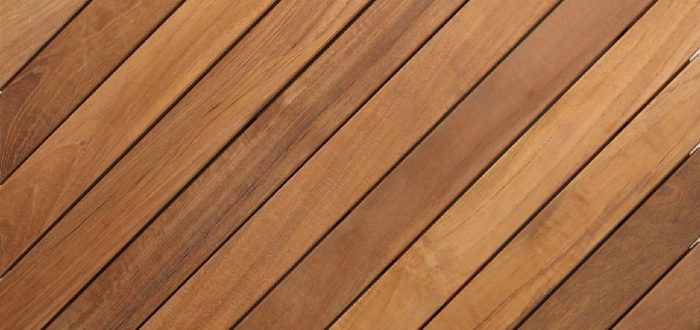Autumn is coming and with it the increased incidence of termite infestations, the most fearsome enemies of wood. If you own teak furniture, you can rest easy about these parasites, as the waterproofing properties of teak wood are naturally resistant to these insects. When combined with the correct treatment, the chances of damage to the furniture, beam or floor are low.
But it is always good to know the threats to prevent or stop it before it becomes a major problem. The first thing you should know about termites is that they are attracted by infiltrations. So try to solve this problem whenever it appears and avoid leaving the furniture against the walls.
The first signs of termite are the appearance of yellow little potholes on the floor or on the furniture, peeling of the wood and puffing of the wall or object. If you notice any of these signs, hurry your hearing. Termites make noise by hitting their heads inside the walls of the house or object.
Another sign is the appearance of termite feces, small flakes that appear in the affected site. Also look for pipes of earth on the walls or under the foundation of the house. Underground termites build these tubes to have safe movement between the food source and its colony. If you find them, seek expert guidance on how to undo them.
There are three types of termites: winged reproducers termites with dark brown or black coloration, are the most common type. Worker termites that do not have wings have six legs and the body is white or translucent and the termites are welded, which are brown and also has no wings. But they have tweezers on the head and straight antennae.
Stay alert and watch out for varnish on furniture and cleaning furniture often. If you identify an infestation, there are companies specializing in the control of this type of pest. And remember: teak wood has high durability and resistance to weather variations, moisture, fungi and parasites.


 Português do Brasil
Português do Brasil 中文
中文



